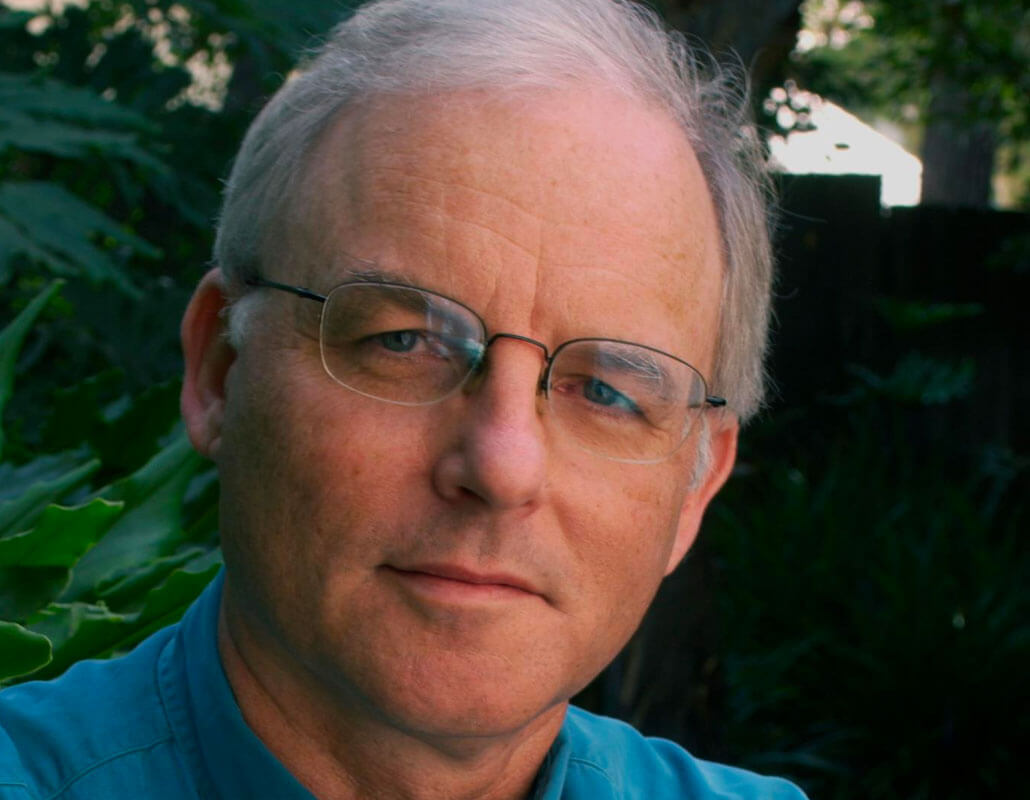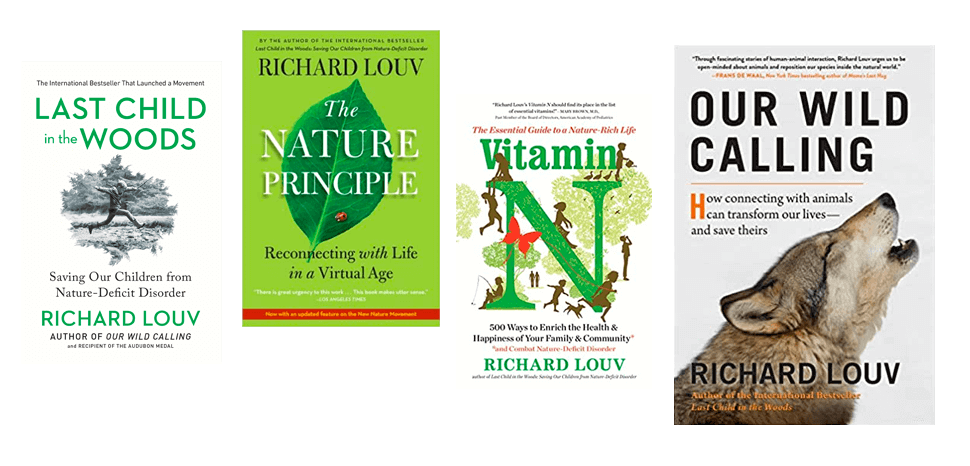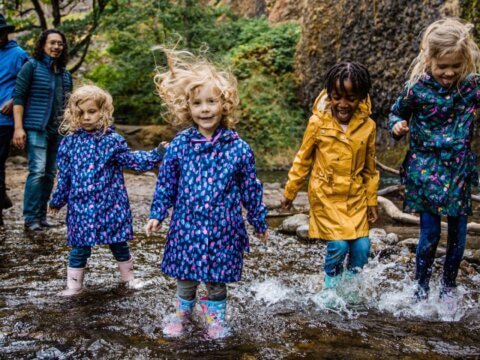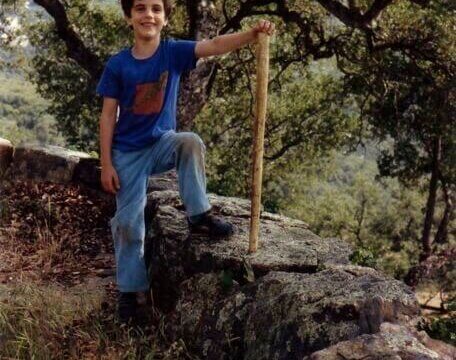“HUMMINGBIRD PARENTS”: Seven Actions Parents Can Take To Reduce Risk And Still Get Their Kids Outside
Parenting advice can go to extremes.
Regarding outdoor play, some experts sternly warn parents about all the dangers, real or assumed — from strangers to noxious weeds – lurking outside the front door. At the same time, parents sometimes find themselves shamed for their fear.
“With all of the talk about giving kids leverage and freedom from a very early age, you start to feel guilty when you help your kids,” writes guest blogger Michele Whitaker in Bethe Almeras’ terrific blog, The Grass Stain Guru. “I hate to admit it, but fear and anxiety are definitely factors,” Whitaker writes. It’s hard not to be consumed by that fear, given the horrendous reality of crimes against children. Yes, it’s true that the number of abductions and child murders has been decreasing in recent years, and our perception of danger is amplified by media hype. But parental fear is real. It should be respected and not dismissed.
Even with this fear, most of us want to make sure our children have as much independent play as possible, including play in the natural world, for their healthy development.
Some parents will be comfortable encouraging their kids to roam freely, but the truth is most won’t. So here are seven suggestions for ways to manage our fear, reduce risk, and still get our kids outside.
1. Take your kids outdoors. If we want our children or grandchildren to experience nature, we’ll need to be more proactive than parents of past generations. When my wife and I raised our boys, we certainly felt the fear, and they didn’t have the freedom to roam that we did. (That’s Kathy and Matthew Louv in the photo.) But our sons did experience nature — in the canyon behind our house, building their forts, digging their holes, sitting under a tree coated with butterflies, all within our eyesight. We took them hiking, and I took them fishing, often. And we tried to stay out of their way so they could explore on their own.
2. Be a hummingbird parent. Whitaker suggests, “In the range from helicopter to neglect—I probably fall a bit more toward helicopter. In fact, I call myself a hummingbird parent. I tend to stay physically distant to let them explore and problem solve, but zoom in at moments when safety is an issue (which isn’t very often).” Notice that she isn’t hovering over her kids with nature flash cards. She stands back and makes space for independent nature play — albeit not as free as she experienced as a child, this play is important nonetheless.
3. Teach your child to watch for behaviors more than for strangers. That’s the advice of family psychologist John Rosemond. Telling a child to stay away from strangers is relatively ineffective. ‘Stranger’ is not a concept young children understand easily, he maintains. Instead, children ought to be taught to be on the lookout for specific threatening behaviors and situations. Also, get to know your neighbors. Create a play-watch group and ask fellow parents to sit on front stoops or porches or lawns several hours a week; that way, they are available at a distance as children play.
4. Create or join a family nature club. Nature Clubs for Families are beginning to catch on across the country; some have membership lists of over 400 families. The idea is that multiple families meet to go for a hike, garden together, or even do stream reclamation. We hear from family nature club leaders that when families get together, the kids tend to play more creatively — with other kids or independently — than during single family outings. C&NN’s Families Web page offers a free downloadable guide on how to start your own.
5. Develop a walking/activity buddy system. Encourage kids to do nature activities together. It’s cheap and grassroots based, suggests Juliet Robertson, a nature play specialist in Scotland. If there were agreed times and routes then folk could meet up and walk together or bike together. Some young people are creating their own kids’ nature clubs.
6. Take back the trails. Join C&NN’s free online community, The Trailhead, which is a great place to talk with other parents and learn about the movement (Ken Finch of Green Hearts offers a good essay on this topic there, too), Patty Born Selly makes this suggestion for dealing with fear: The best thing we can do as a community is to take back our trails — slowly, over time, we will reach a tipping point of sorts. The more people are out there, using our parks, using our trails, enjoying our natural areas, the more our collective comfort with this sort of thing increases.
7. Get the safety information you need. Become familiar with good resources for safety tips in the outdoors, including those with information on how to guard against ticks. One such site is the Centers for Disease Control Web site. The Web site for the Audubon Society of Portland offers excellent general information on living with a variety of urban wildlife.
Does our fear often border on the irrational? Sure. But nobody said that parenting itself is completely rational. If it were, scientists would be raising our kids. In labs. With control groups.
Yes, there are risks outdoors (though not nearly as many as the news media would have us believe), but there are huge psychological, physical and spiritual risks in raising future generations under protective house arrest. Child obesity is just one of them. So, rather than giving in to those fears, we need to give our children the appropriate freedom they deserve. And we also have to come up with new, safe ways to get our young people and ourselves outdoors. Parents can’t do this alone. Communities and organizations need to help. But for families, these seven actions are a start.
I’ll close here with another bit of wisdom from Michele Whitaker: “Common sense needs to rule on this issue. Are helicopter parents bad for caring so deeply about their kids? Certainly not. Will their children be scarred for life? No. Should parents back off and let their kids take reasonable risks? Yes!”
1 Comment
Submit a Comment
-
Network News
POLICY UPDATE: Policy and advocacy for the children and nature movement
-
Voices
Binoculars, bald eagles and my journey as a Black birder
-
Richard Louv
THE WONDER BOWL: Ten Spring and Summer Nature Activities for Kids and Adults
-
Network News
Minneapolis Spotlight: The promise and possibilities of parks for youth
-
Voices
Why nature is my motherhood ally







This is a very nice piece of article with lots of insights and informative contents oh how how to safely handle our children’s and actions we should take to reduce the risks posed by getting our kids outside.